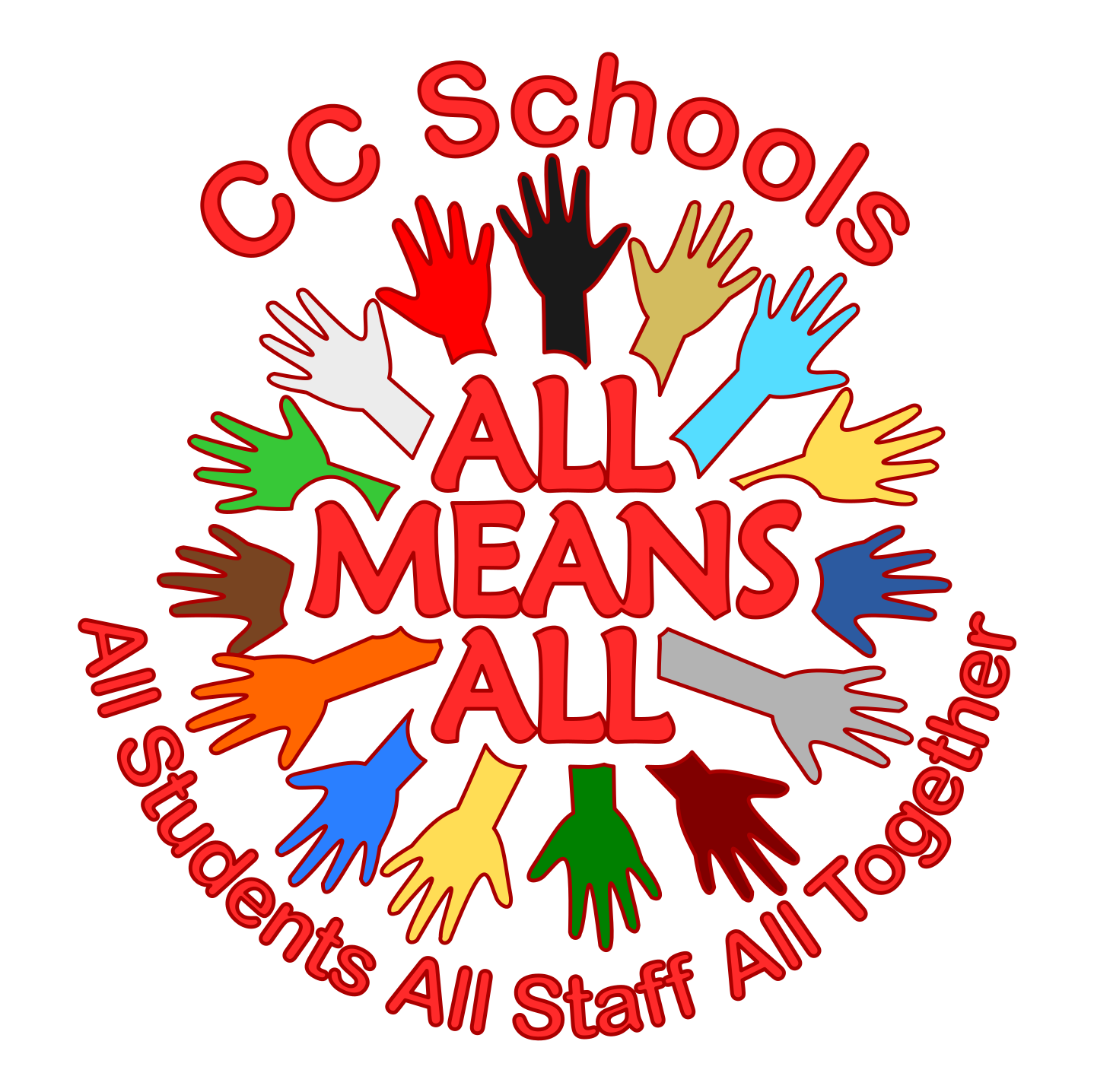Curriculum Alignment
Curriculum alignment is often viewed as a daunting task. Some companies and consultants provide costly, comprehensive alignment services in which virtually every state curriculum standard or standardized test item is linked to specific instructional materials and teaching units. The enormity of this task appears overwhelming to teachers who struggle to find enough time to complete even routine duties, so not many schools have tried to undertake a curriculum alignment task on their own.
What is Curriculum Alignment?
Curriculum alignment means assuring that the material taught in the school matches the standards and assessments set by the state or district for specific grade levels. It is a way of "mapping" the curriculum onto the standards to be sure that the school is teaching the content that is expected. In states that use tests to assess student mastery, schools may also align their curriculum with the content of the test to assure that students have studied the required content before taking the tests.
Why Do It?
Increasing demands for accountability mean that schools must document that they are achieving the objectives mandated by state standards. In some cases, districts must submit curriculum guides that show how the instruction at each grade level is linked to state, national or local standards. In others, students are expected to pass tests that are based on the standards.
Whatever the mechanism, standards are deeply imbedded in public opinion and state law. They are not going away any time soon. Communities are insisting on strong performance, and, in some regions, teacher and administrator compensation is based on how well students perform on mandated tests. Standards have become a very high stakes issue in public education.
